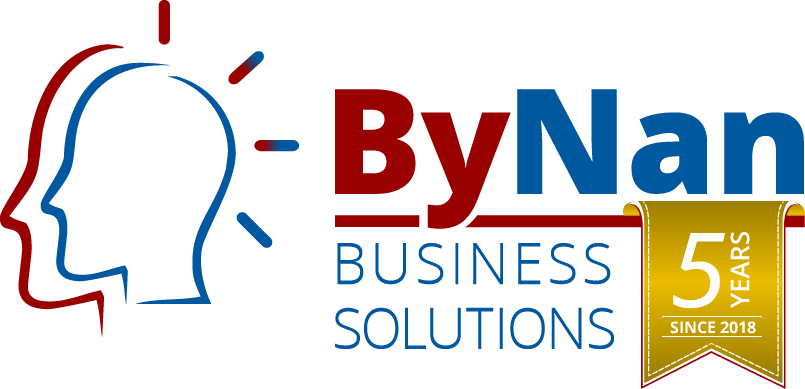Every team is a mosaic of personalities, each piece contributing something unique to the larger picture. As a leader, understanding and managing those differences can feel like navigating a maze, but done right, it unlocks your team’s full potential.
In 2025, businesses are entering a new era of workplace dynamics. Hybrid work, increased mental health awareness, and demand for values-aligned leadership mean team cohesion is more critical than ever. And at the heart of strong teams is a leader who knows how to work with diverse personalities — not against them.
There are many personality frameworks out there, from the Myers-Briggs Type Indicator (MBTI) to the Enneagram. But for business owners and team leaders looking for practical insights, the DiSC model remains one of the most effective tools for understanding high-level personality traits and their workplace impact.
Let’s walk through the four DiSC personality types and how each brings strength to your business — plus how to lead each one effectively.
Dominance (D): The Driver
Who they are: Decisive, goal-oriented, and competitive. D-profiles are motivated by results and thrive on challenges.
What they bring:
- Quick decision-making
- High standards and productivity
- Fearless pursuit of goals
Leadership considerations:
- Be direct and results-focused.
- Avoid micromanaging—give them autonomy and accountability.
- Present challenges and opportunities for advancement.
Potential challenges: They may come across as aggressive or impatient. Provide coaching around empathy and collaboration.
Influence (I): The Connector
Who they are: Enthusiastic, outgoing, and people-focused. I-profiles value relationships and emotional energy.
What they bring:
- Strong team morale and culture
- Natural sales and customer service skills
- Big-picture creative thinking
Leadership considerations:
- Recognize their contributions publicly.
- Encourage them to lead team-building or community initiatives.
- Provide structure for follow-through and deadlines.
Potential challenges: They may struggle with attention to detail. Pair them with more methodical team members for balance.
Steadiness (S): The Stabilizer
Who they are: Calm, dependable, and cooperative. S-profiles value consistency and harmony.
What they bring:
- Loyal and reliable support
- Strong relationships and conflict resolution skills
- Focused execution of long-term tasks
Leadership considerations:
- Provide time and space to adapt to change.
- Acknowledge their steady contributions.
- Support their professional development, even if they don’t seek it out.
Potential challenges: They may resist fast change or avoid confrontation. Help them feel safe when speaking up or trying something new.
Conscientiousness (C): The Analyst
Who they are: Analytical, detail-focused, and systematic. C-profiles strive for accuracy and quality.
What they bring:
- High standards for excellence
- Process improvement and problem-solving
- Risk mitigation and data analysis
Leadership considerations:
- Provide clear expectations and well-documented processes.
- Be open to feedback rooted in logic and analysis.
- Give them time to prepare and refine their work.
Potential challenges: They may over-analyze or hesitate on decisions. Encourage progress over perfection.
Why Your Team Needs All Four
The key to learning how to lead a multi-personality team is recognizing that no personality type is better or worse than another. Each offers essential strengths your business needs.
A field tech team might benefit from a high-D leader to push through seasonal surges, while a customer care team might thrive under an I-profile supervisor. A logistics company needs the organizational stability of S-profiles and the detail-focused problem-solving of C-profiles.
But here’s the truth: Most team members are blends of these types, and their behaviours can evolve with time, growth, or stress. That means your leadership style should be flexible, curious, and rooted in understanding.
Tips for Leading a Multi-Personality Team in 2025
Learn Your Team’s Profiles: Use a DiSC assessment or similar tool to open conversations. Don’t guess — ask, discuss, and reflect together.
Create Communication Norms: Use what you know to tailor how you share information, give feedback, and run meetings.
Balance the Team: Pair people with complementary strengths. A C-profile who plans meticulously can be the perfect match for a high-I idea generator.
Celebrate All Strengths: Don’t just reward the loudest voices. Ensure your culture acknowledges consistency, creativity, logic, and leadership equally.
Lead by Example: Model emotional intelligence. When your team sees you adjusting to their needs and leveraging their strengths, they’re more likely to do the same.
The Bottom Line
Learning how to lead a multi-personality team isn’t about labelling your people — it’s about unlocking their potential. In 2025, leadership demands more than just delegation. It calls for emotional intelligence, self-awareness, and the willingness to lead people as they are, not as we wish they were.
Want to explore how this looks in your unique business?
Book your free coaching session today and gain practical insights into building and leading your dream team.

